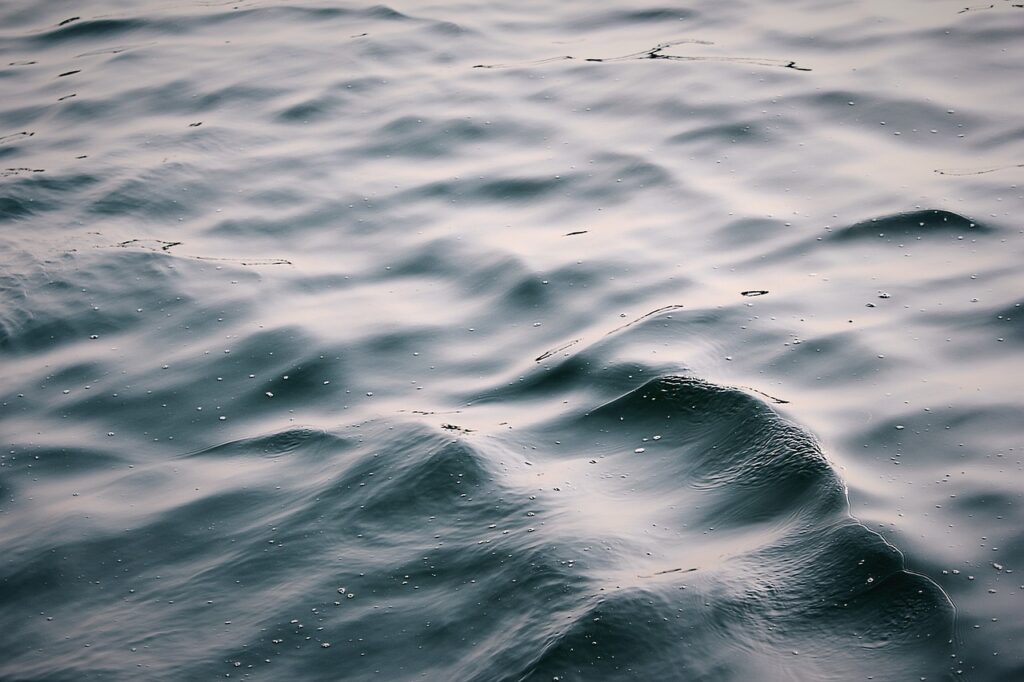Splitting seawater to produce hydrogen for fuel typically presents challenges due to corrosive salts and the formation of toxic chlorine gas.
However, new electrodes have been developed that allow hydrogen production from seawater without these issues. This technological advancement marks the first time such electrodes can be manufactured on a commercial scale.
Traditional electrolysis for hydrogen production requires pure water, a resource that is becoming increasingly scarce. According to Doug Wicks from the US Department of Energy’s Advanced Research Projects Agency-Energy (ARPA-E), these new electrodes eliminate the need for pure water by utilizing seawater, the world’s most abundant water source.
The new process employs a negatively charged cathode and a positively charged anode to split seawater into four streams. These streams include useful oxygen and hydrogen, along with harmless acidic and alkaline streams that can be recycled back into the ocean. Equatic, a startup based in California supported by ARPA-E, has designed this technology. The company plans to sell the hydrogen and oxygen produced to offset costs. The alkaline stream reacts with atmospheric CO2 to form stable minerals that can be returned to the sea. The acidic stream is restored to its original pH after interaction with silica-rich rocks before being released back into the ocean.
Electrolysis typically involves a machine that uses stacks of electrodes to separate water molecules using electricity. However, these devices struggle with seawater due to its high content of dissolved salt, other minerals, metals, and microorganisms, which degrade the components and cause mechanical failures. Additionally, the electrical charge used to attract oxygen to the anode also separates the salt in seawater, generating toxic chlorine gas that rapidly corrodes the equipment.
To circumvent these issues, Chen and his team engineered an anode capable of selectively splitting oxygen from water molecules without affecting the salt. They employed a chlorine-blocking layer to permit water flow through the catalyst while preventing salt penetration. According to Chen, laboratory tests indicate that these anodes are expected to function for at least three years before needing removal and recoating.
Pau Farras from the University of Galway in Ireland, although not involved with the company, comments that a three-year lifespan for the anodes would be a strong performance. He considers these oxygen-selective anodes a promising method for utilizing seawater to produce hydrogen fuel but notes the need for real-world performance evaluations. “What we need to do is see the real performance in a real environment,” says Farras.
The company is set to begin manufacturing the anodes at a factory in California, which will have the capacity to produce 4000 anodes annually. These anodes will be deployed in a demonstration plant under construction in Singapore. The plant aims to remove 10 tonnes of CO2 and produce 300 kilograms of hydrogen per day.





